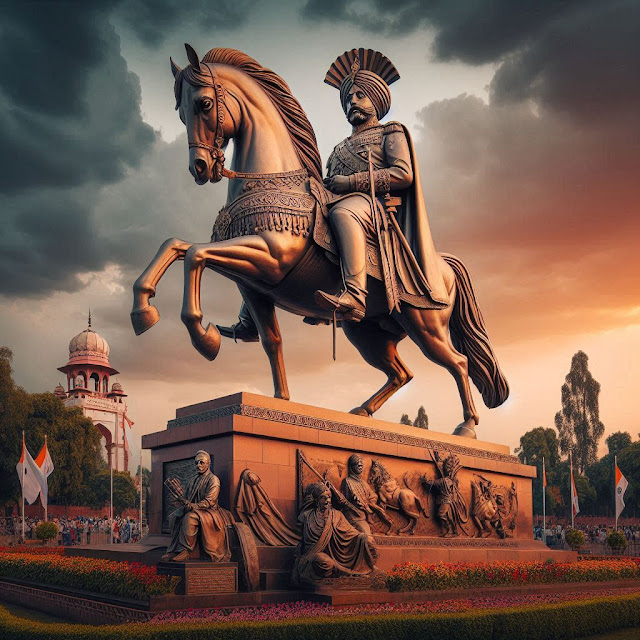Exploring Punjab: Tradition, Culture, Folk Dance, and Historical Places
Exploring Punjab: Tradition, Culture, Folk Dance, and Historical Places
Punjab, a vibrant state in northern India, is renowned for its rich cultural heritage, lively traditions, and historical significance. This region, known as the "Land of Five Rivers," boasts a diverse and colorful culture that reflects its history and people. Here’s a detailed look at Punjab's traditions, culture, folk dances, and historical places.
Tradition and Culture
Punjab’s culture is a tapestry woven with threads of its historical past, religious practices, and daily life. The people of Punjab are known for their warmth, hospitality, and vibrant celebrations. Central to Punjabi culture is the concept of "Seva" (selfless service) and
"Langar" (community kitchen), deeply rooted in the teachings of Sikhism.
Gurbani, the hymns and teachings of Sikh Gurus, play a crucial role in Punjabi culture. These devotional songs are recited and sung in Gurdwaras (Sikh temples) and are integral to daily life and religious ceremonies. "Ik Onkar" (God is One) is a fundamental concept in Gurbani that reflects the unity and equality emphasized in Sikh teachings.
Folk Dance
Punjabi folk dances are a vivid representation of the region's cultural vibrancy. They are performed during festivals, weddings, and other celebrations, reflecting the community spirit and joy of the people.
Bhangra: This energetic dance, originating from the rural areas of Punjab, is characterized by vigorous movements and lively beats.
Dancers often wear colorful traditional attire and perform to the rhythm of the dhol (drum). Bhangra is traditionally performed during harvest festivals like Baisakhi and has gained popularity worldwide.Gidda: Performed by women, Gidda is a graceful dance that involves clapping and rhythmic movements.
The dance is usually accompanied by folk songs and is performed during celebrations and social gatherings.Dhamal: This dance is known for its lively steps and is performed during the Mela (fair) and other festive occasions.
It involves rhythmic movements and is often accompanied by traditional Punjabi music.
Historical Places
Punjab is home to several historical sites that reflect its rich history and cultural heritage:
Amritsar: Home to the Golden Temple (Harmandir Sahib), Amritsar is one of the most significant religious sites for Sikhs. The Golden Temple, with its stunning architecture and serene atmosphere, is a symbol of equality and devotion. The temple's complex also includes the Jallianwala Bagh, a memorial to the victims of the 1919 massacre.
 Ludhiana: Known for its historical significance and as a major industrial city, Ludhiana houses the
Maharaja Ranjit Singh War Memorial.
Ludhiana: Known for its historical significance and as a major industrial city, Ludhiana houses the
Maharaja Ranjit Singh War Memorial.
This memorial honors the legacy of Maharaja Ranjit Singh, the founder of the Sikh Empire.Patiala: Famous for its historic forts and palaces, Patiala’s Qila Mubarak
is a majestic fort complex that showcases the grandeur of the erstwhile Patiala princely state. The city is also known for its traditional turban and Patiala peg (a measure of alcohol).Chandigarh: Designed by the famous architect Le Corbusier, Chandigarh is known for its modern architecture and urban planning. The Rock Garden and Sukhna Lake
are notable landmarks that reflect the city's artistic and recreational aspects.
Summary
Punjab’s rich tradition, culture, and history are reflected in its folk dances, religious practices, and historical sites. From the energetic Bhangra to the serene Golden Temple,
Punjab offers a vibrant tapestry of experiences that showcase its unique heritage and cultural richness. The teachings of Gurbani continue to inspire and guide the people of Punjab, making it a region deeply rooted in tradition and community values.

















Comments
Post a Comment